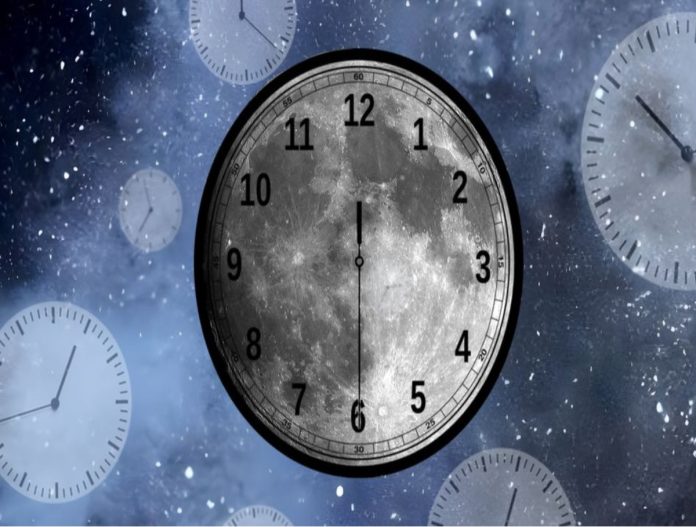In a landmark announcement, NASA has revealed plans to establish a unique time zone for the moon, marking a significant step forward in lunar exploration. This decision comes amidst a surge of interest in lunar missions, driven by both government space agencies and private space firms. The recent success of Intuitive Machines’ IM-1 mission, the first privately funded Moon lander, has underscored the potential for private enterprises to contribute to space exploration.
The successful touchdown of Intuitive Machines’ Odysseus lander, despite a minor hiccup of laying on its side, has demonstrated the feasibility of private lunar missions. This achievement has garnered praise from the highest levels, including the White House, and has paved the way for a wave of similar ventures, such as the Australian Space Agency-backed Roo-ver mission.
With numerous launches scheduled for the upcoming years and an increasing influx of national and private initiatives venturing towards the Moon, there is a growing recognition of the need for standardization in time measurement beyond Earth’s confines. Acknowledging this necessity, the White House Office of Science and Technology Policy (OSTP) has directed NASA to establish time standards for celestial bodies, including the moon, as part of the National Cislunar Science and Technology Strategy.
The envisioned Coordinated Lunar Time (LTC) framework, slated to be defined by the end of the year, will play a pivotal role in facilitating cislunar communications and navigation. This initiative is crucial not only for upcoming missions like NASA’s Artemis endeavor but also for the anticipated surge in human activity in cislunar space over the next decade.
The proposed time standard will possess several key capabilities, including traceability to Coordinated Universal Time (UTC), precision navigation support, resilience in case of Earth contact loss, and scalability for future expansion to other planetary bodies. The complexities arising from theories of relativity necessitate a unique timekeeping system tailored to lunar conditions, emphasizing the importance of this initiative.
Beyond timekeeping, the development of a lunar communication infrastructure, exemplified by Nokia’s efforts to establish a lunar 4G network, underscores the multifaceted nature of lunar colonization. However, such endeavors also highlight the need for internationally accepted legal frameworks to govern activities on the Moon, a challenge that requires concerted global cooperation.
As humanity embarks on a new era of lunar exploration and potential colonization, collaboration among nations and organizations becomes paramount. The Artemis Accords, serving as a foundational framework for future space exploration endeavors, exemplify the growing consensus on shared principles guiding lunar and space activities.
The United States, with its commitment to fostering a sustainable and peaceful exploration of cislunar space, aims to lead by example in shaping the future of lunar exploration. By establishing a unified time standard and promoting international collaboration, the US government seeks to pave the way for enduring human presence and scientific discovery on the moon.
As the world looks towards the stars, the establishment of a lunar time zone signifies not just a technical achievement but a symbolic milestone in humanity’s journey beyond Earth, shaping the future of space exploration for generations to come.




